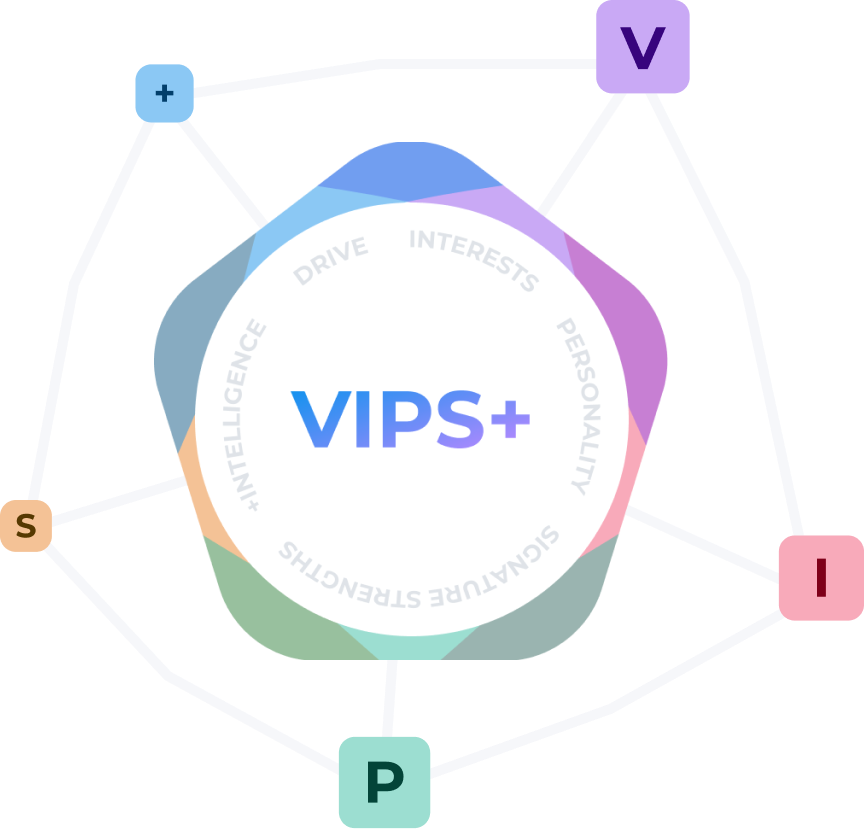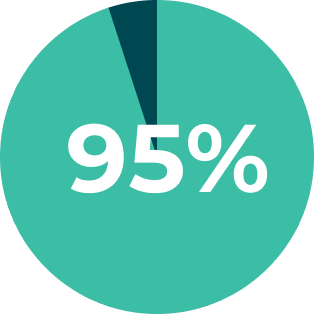Built with science.
105
psychological
attributes
attributes
10+
Million
responses
analyzed
analyzed
1.3+
Million
possible
combinations
combinations
Science is behind everything we do. We set strict scientific standards in validation, adhering to relevant international guidelines, to ensure that every result you see is accurate and reliable in measuring job fit and predicting work success.

Accurately predicting performance.
Validity
We validate our assessments to precisely measure what they are supposed to measure: specific psychological factors relevant to work. This level of accuracy gives you the critical information needed to make better talent decisions — by being able to predict performance.
Consistency you can trust.
Reliability
Our assessment results stay consistent over time. Someone would not get a different result if they were to retake the same test the next day. The results that you get stay valid for up to 12 months after sitting, reflecting the relatively permanent nature of human psychology.
Free from cultural bias.
Culture-Free
We have taken steps in developing our assessments to avoid any sort of unfair bias, conscious or unconscious. Because of this, you can focus on what truly matters in a talent: job fit and potential performance, objectively and without discrimination.
Encouraging honest answers.
Semantic Differential / MaxDiff
Faking is a problem all self-reporting assessments have. We employ measures such as the Semantic Differential and MaxDiff scales to achieve items that are more engaging and relatable, therefore reducing social desirability bias and encouraging honest responses.

Measuring all work-relevant variables.
The VIPS+™ is a psychometric model that we developed to measure all work-relevant factors of a person’s psychology. Our model is designed specifically to predict an individual’s success by measuring the fit between what they have and what the job needs.
V
Drive
What motivates someone to perform.
I
Interests
What someone enjoys doing.
P
Personality
How someone reacts to the world.
S
Signature
Strength
What makes someone better than others.
+
+Intelligence
How someone solves problems.
Continuous research and development.
Our psychology team conducts research and statistical tests spanning years in order to create the assessment that passes our strict scientific standards. Development never stops as we continually improve on our assessments with new findings.
1
Initial Research
Identify what new measurement tool is needed to improve on existing assessments or measure new behaviors and motivations.
2
Literature Review
Research past literature. Define variables and construct behavior indicators. Construct a theoretical framework to serve as the basis for the new assessment.
3
Item Construction
Design a large item pool of questions to measure the desired metric. Determine the right item format (e.g. the Likert scale) for the metric to preserve accuracy.
4
Item Tryouts
Gather psychometric data by conducting trials and pilot studies on the item pool.
5
Psychometric Analysis
Reliability and validity studies to determine which items are worth keeping. If not satisfactory, go back to Step 3. Construct norms.
6
Finalization
Compile the best items (e.g. highest predictive power) as a complete assessment. Finalize the white paper that was being written along the way.
7
Assessment Ready
The new assessment is proven valid, reliable, and predictive, and joins Dreamtalent’s assessment library.
8
Continuous Improvement
The framework is refined with continued validity and reliability tests, and the items are updated with new findings on the field and developments in academia.

Predictive accuracy
up to 95 percent.
up to 95 percent.
Read case studies and testimonies from our clients on the predictive power of our assessments, and how they empowered people-related decision-making with real, objective data.
